Bhigwan Wildlife Sanctuary: A bird watcher’s paradise and a mini national park near Pune

Nestled on the backwaters of Ujani Dam, Bhigwan Wildlife Sanctuary is a haven for bird enthusiasts. Located approximately 105 km from Pune, this quaint sanctuary offers a breathtaking spectacle of migratory and resident bird species, making it one of Maharashtra’s most cherished wetland destinations.
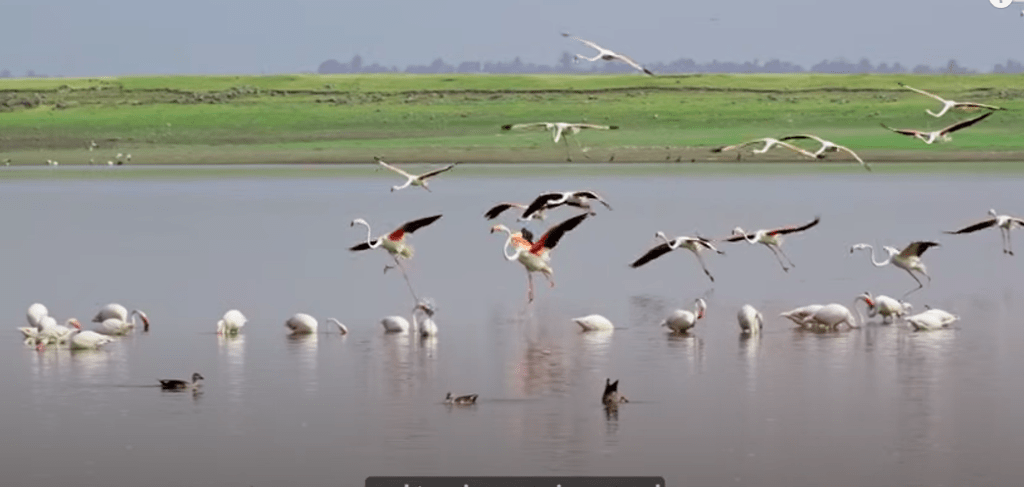
Bhigwan: A Birder’s Paradise
The Bhigwan Wildlife Sanctuary is renowned for its diversity, housing over 400 bird species. Visitors can enjoy picturesque boat safaris, particularly in the regions of Diksal and Kumbhargaon, which provide close encounters with birds in their natural habitat. Some of the star attractions at Bhigwan include:
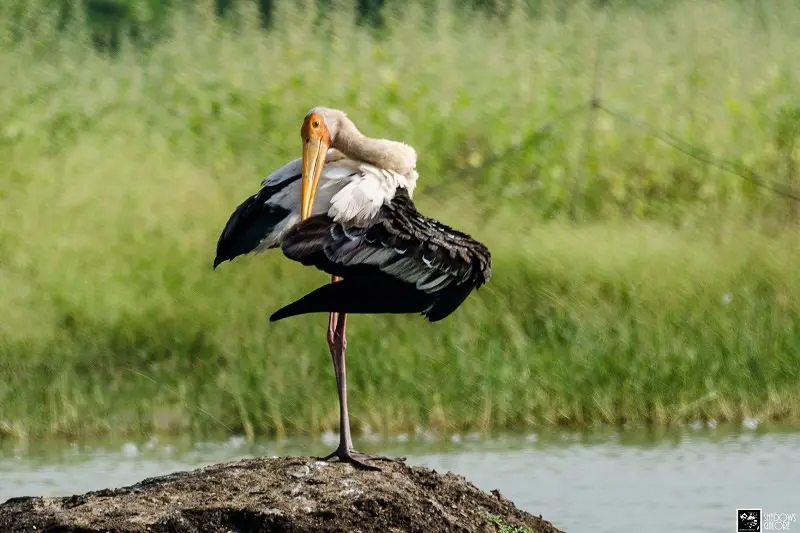
- Greater Flamingos: These majestic pink birds are the main draw at Bhigwan Wildlife Sanctuary, arriving in large numbers between December and March.
- Bar-Headed Goose: Known for their high-altitude flights, these migratory birds are another highlight.
- Painted Storks: Their striking plumage and long beaks make them a favorite among photographers.
- Eagles and Raptors: Birders can also spot various raptors, including the Black-Winged Kite and the Indian Spotted Eagle.
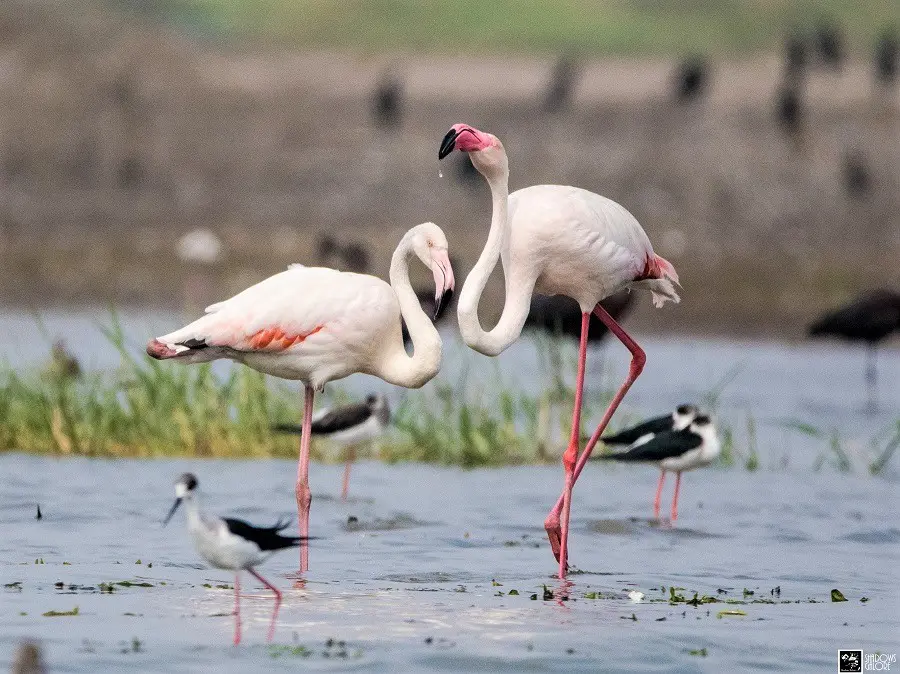
A Symphony of Birdlife
Bhigwan Wildlife Sanctuary offers a rich avian diversity that stretches far beyond flamingos. Key species include:
- Indian Pond Heron
- Kingfishers: Common and White-Throated varieties
- Purple Swamphen
- Indian Peafowl
- Grey Francolin
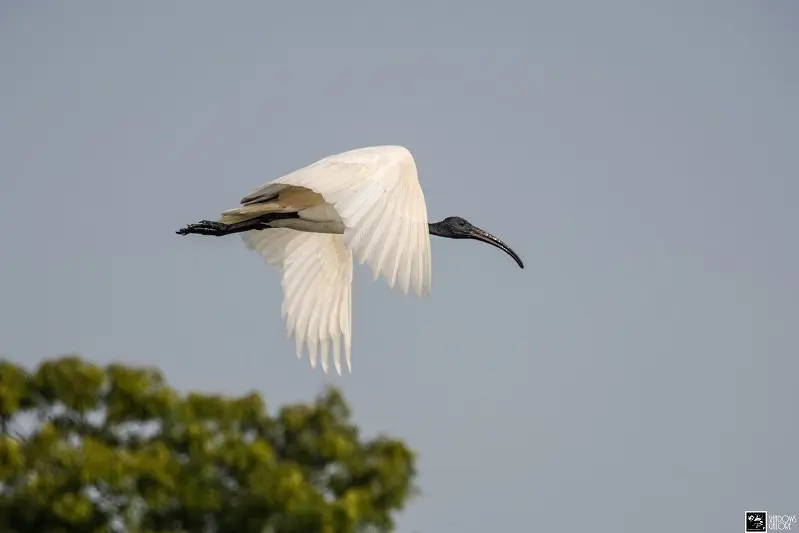
In addition to birdwatching, visitors can enjoy the serene beauty of the backwaters, where local communities have shifted from fishing to sustainable eco-tourism. With binoculars in hand, nature lovers can expect to be dazzled by the birdlife and landscapes alike.
Not Just Birds: A Rich Variety of Wildlife at Bhigwan
Bhigwan Wildlife Sanctuary is not just a haven for birds but is home to a wide variety of other wildlife. Here’s what you can expect to encounter:
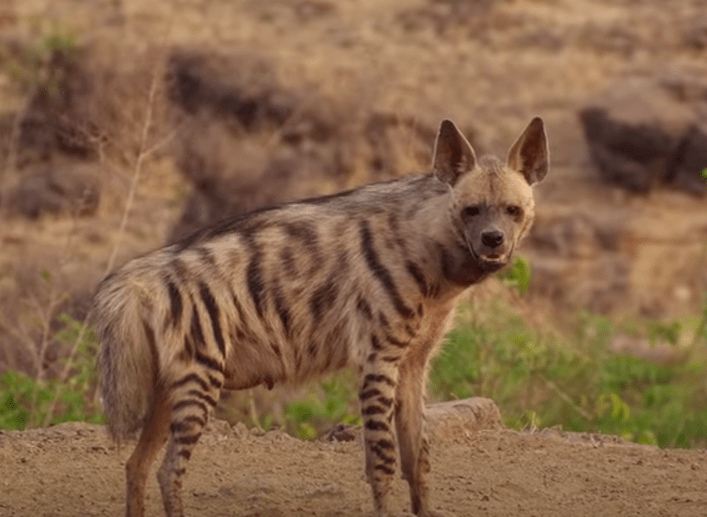
Mammals
Though birds dominate the sanctuary, there are several small mammals that add to its diversity:
- Wolves
- Foxes
- Cheetal deer
- Indian Hare
- Jungle Cat
- Indian Grey Mongoose
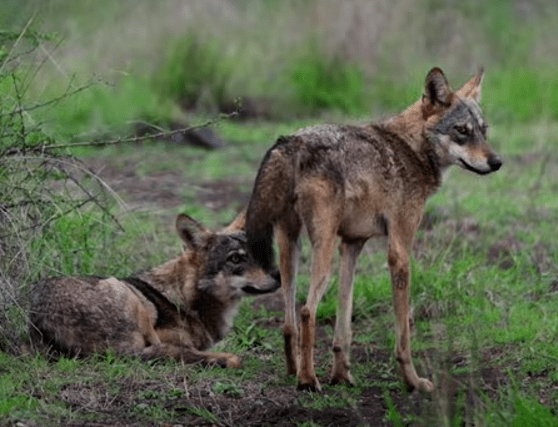
These mammals are mostly spotted around the grasslands and wooded areas surrounding the sanctuary’s backwaters.
Reptiles
The wetlands and marshy areas of Bhigwan are perfect habitats for reptiles, commonly found near water bodies:
- Indian Cobra
- Rat Snake
- Water Monitor Lizard
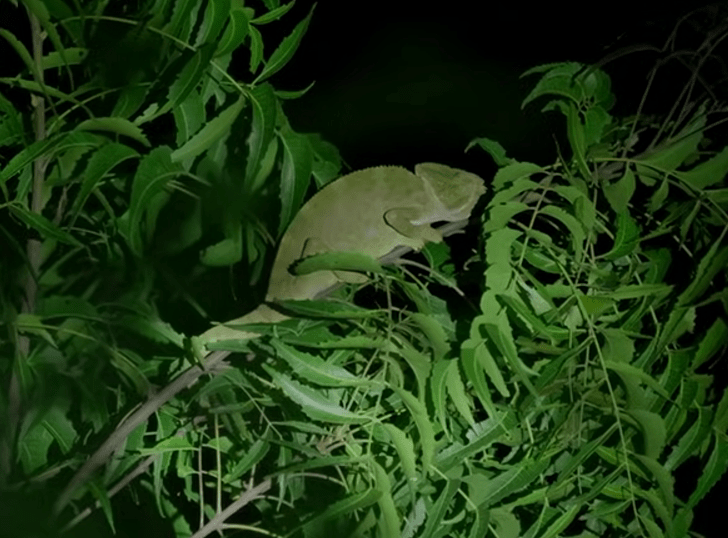
Amphibians
During the monsoon season, the rise in water levels brings out several amphibian species:
- Indian Bullfrog
- Common Toad
These amphibians help maintain the sanctuary’s ecological balance.
Arthropods
In addition to birds and reptiles, Bhigwan has a variety of insects that contribute to its ecosystem:
- Dragonflies
- Damselflies
- Butterflies (such as the Common Crow and Lime Butterfly)
These insects serve as food sources for many birds.
Fish
The backwaters of the Ujani Dam support various fish species that attract birdlife and sustain the local fishing community:
- Indian Carp
- Catfish
- Tilapia
These fish are vital for the piscivorous birds, such as herons, kingfishers, and cormorants, and are central to the sanctuary’s aquatic ecosystem.
Best Time to Visit Bhigwan Wildlife Sanctuary
The ideal time to explore Bhigwan Wildlife Sanctuary is between December and March, during the migratory bird season. Mornings and late evenings provide the best lighting conditions for photography, particularly for those interested in capturing silhouettes against the winter sunset.
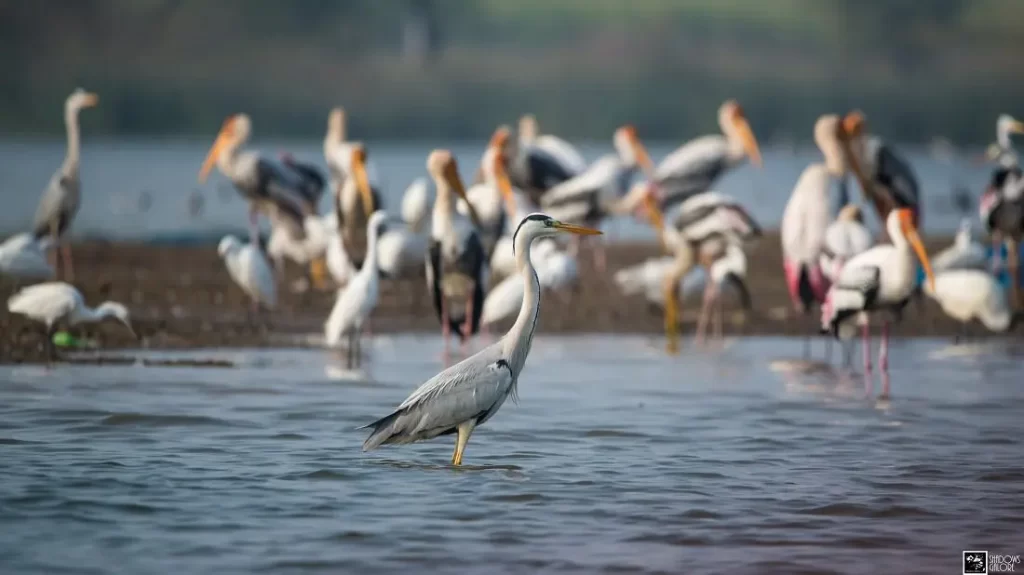
ALSO READ | Do you know which is India’s smallest tiger reserve and where is it located?
How to Reach Bhigwan Wildlife Sanctuary
Getting to Bhigwan Wildlife Sanctuary is relatively simple. Whether traveling by road, train, or air, multiple options are available.
- By Air: The nearest airports are Pune (105 km) and Mumbai (258 km), with flights connecting to major cities like Delhi, Kolkata, and Bangalore.
- By Train: Bhigwan has a small train station (BGVN). Trains such as the Hyderabad Express and Chennai Mail connect Bhigwan to cities like Pune and Mumbai, though this may not be the most convenient way.
- By Road: The most preferred route is via the Pune-Solapur Highway. The roads are well-maintained, and driving through scenic rural Maharashtra offers a rewarding experience.
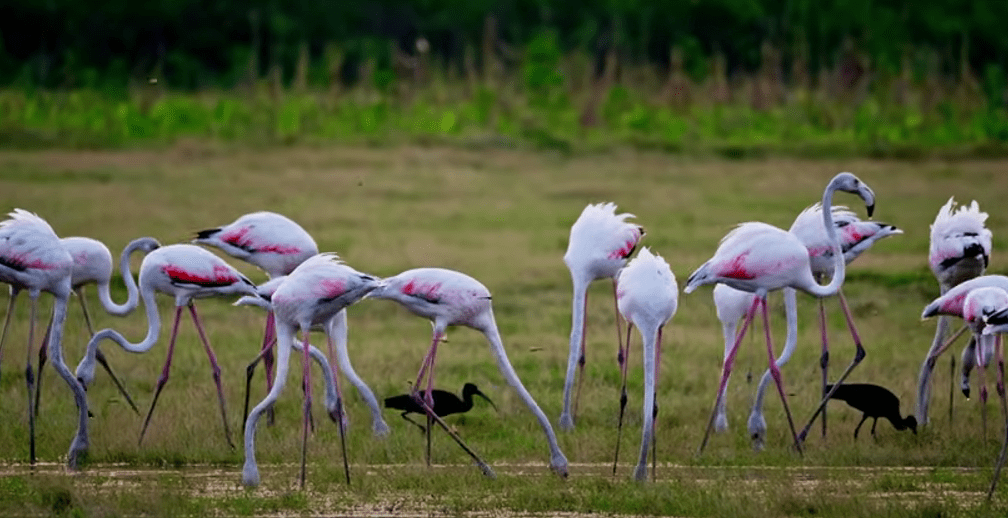
Tips for a Successful Visit to Bhigwan
- Carry binoculars and a camera for a better birdwatching experience.
- Stay quiet and avoid startling the birds for a more immersive wildlife experience.
- Try a boat safari to get close to the birds and capture unique shots.
- Wear comfortable clothing and pack essentials like water and hats, as the afternoons can get warm.
In conclusion, Bhigwan Wildlife Sanctuary is a must-visit for birdwatchers and nature lovers alike. Its diverse birdlife, tranquil waters, and welcoming local culture make it a memorable destination. Plan your visit and witness the mesmerizing spectacle of flamingos and other migratory species amidst the rustic charm of rural Maharashtra.









